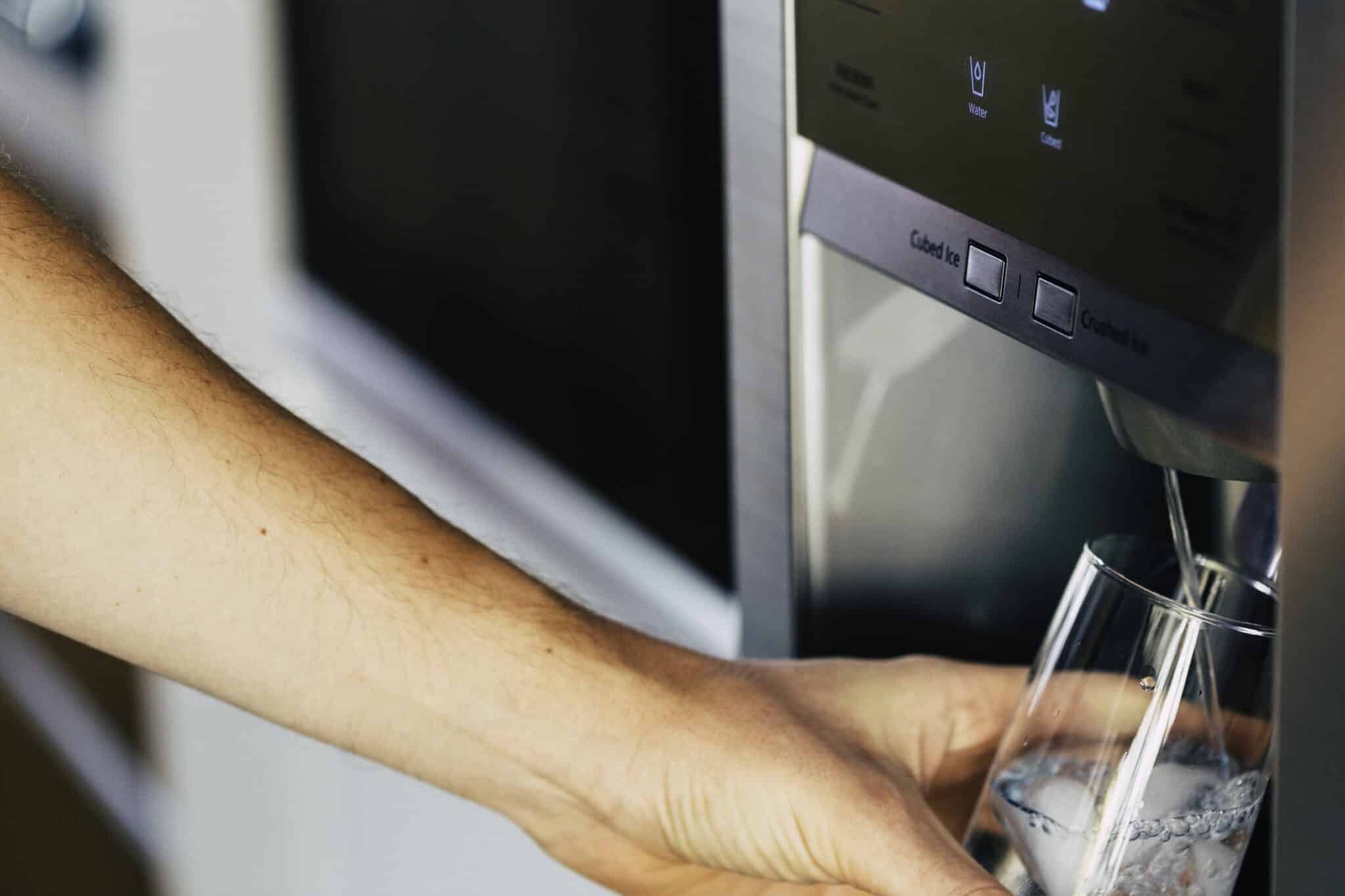It’s frustrating to discover that your dryer is literally not living up to its name. Fortunately, a dryer not drying doesn’t necessarily mean you have to buy a new one.
There are a number of ways to assess your appliance to figure out why your dryer has stopped performing. In many cases, you’ll be able to fix the issue yourself.
So, if your dryer isn’t drying, use the following six tips to help diagnose the problem:
1. Clean the Dryer Lint Trap
A clogged lint screen is a common reason for a dryer not drying. This is why it’s important to clean the lint screen after every load.
But another lint-related chore that’s often overlooked is cleaning the lint trap, which you should do about every six months to remove built-up residue.
To clean your dryer’s lint trap:
- Pull the lint screen out
- Remove any accumulated lint with your fingers
- Use a mild detergent like Dawn original dishwashing liquid and warm water to clean off any residue on the lint trap
- Dry the lint trap with a towel, and put it back into the dryer
After these steps, it’s a good idea to run a short cycle to see if this has solved the issue with your dryer not drying.
2. Clean the Lint Filter Housing
Another frequent cause of a dryer not drying is a buildup of lint at the bottom of the filter housing. If you want to check your filter housing out, first grab a flashlight to look inside the housing for trapped lint.
Then, if you see it needs attention, you can clean out the lint filter housing in one of the following ways:
- Use your vacuum’s crevice tool, if it fits into the lint filter housing, to reach down inside to remove any lint that’s stuck
- Purchase a dryer lint-catching brush and use it to pull out as much lint as you can
These steps help improve the airflow and so should help a clothes dryer that isn’t drying.
3. Examine the Dryer Vent
A bent or crushed dryer vent hose is another common cause of a dryer not drying.
Because dryer vent hoses are made from flimsy foil or plastic, they’ll often develop kinks. And that causes the airflow to drop, and the dryer to stop drying properly.
To make sure your dryer vent is performing properly:
- Peek behind your dryer, using a flashlight if needed, to check your vent hose, which is attached to the back of your dryer and goes to a vent in the wall
- If it appears to be damaged or kinked, pull the dryer out from the wall (make sure you don’t attempt this alone and ask someone to help you)
- Purchase a new, durable dryer vent and install it according to its instructions
- Push the dryer back into place and run a short cycle to see if this has fixed the issue
4. Clean Out the Dryer’s Ductwork
Another dryer part that can clog up with lint over time is the dryer ductwork. And as you’ve probably guessed, this blockage can also be the cause of a dryer not drying.
Fortunately, checking for this issue is relatively easy:
- Pull the dryer away from the wall and unplug it
- Remove the clamp that connects the dryer vent hose to the back of the dryer
- Use a lint-catching brush to clean the inside of the ductwork
- Use a vacuum hose to remove any additional lint from inside the vent
- Reconnect the dryer vent (or the new one if you purchased a replacement), and push the dryer back into its place
- Run the dryer for 20 minutes to remove residual lint
Check your dryer after cleaning the vent and ductwork to see if it’s drying properly again. If not, the next step is to call a dryer vent cleaning company.
Unfortunately, neglected dryer ducts may need professional cleaning. But performing regular clothes dryer maintenance can help the appliance to work better.
5. Clean the Moisture Sensor
Some dryers have a moisture sensor inside the dryer drum made of two short, side-by-side metal strips.
Unfortunately, moisture sensors that have become coated with residue from dryer sheets won’t correctly tell if clothes are drying. This results in longer drying times.
However, you can clean the moisture sensor in three easy steps:
- Moisten a paper towel with white vinegar
- Gently rub the towel on the moisture sensor
- Dry it with a dry paper towel
Then, check your drying time the next time you run the dryer to see if your clothes are drying properly. Going forward, you may want to use dryer balls instead of fabric sheets to prevent the moisture sensor from getting dirty again.
6. Check the Dryer’s Heating Element
Sometimes, a dryer not drying is due to a mechanical issue. For instance, the heating element can stop working.
To check if this is the problem:
- Start your dryer
- Go outside to the external dryer vent
- Hold your hand up to the vent
A dryer heating element that’s working correctly will create warmth that feels like a hair dryer. However, cold air on your hand indicates the device has stopped working. If this is the case, call a dryer technician to replace it.
There Are Ways You Can Fix a Dryer Not Drying
We rely on our dryers more than you may think. So discovering that it’s not working can definitely be a troubling experience.
As you can see, there are a number of reasons for a dryer not drying. But hopefully this list has given you a few good places to start troubleshooting the problem.
While you may find one or more reasons for your dryer not drying, in most cases you can remedy the situation yourself. And don’t forget, you can always call in an appliance repair professional to help whenever you need it.






